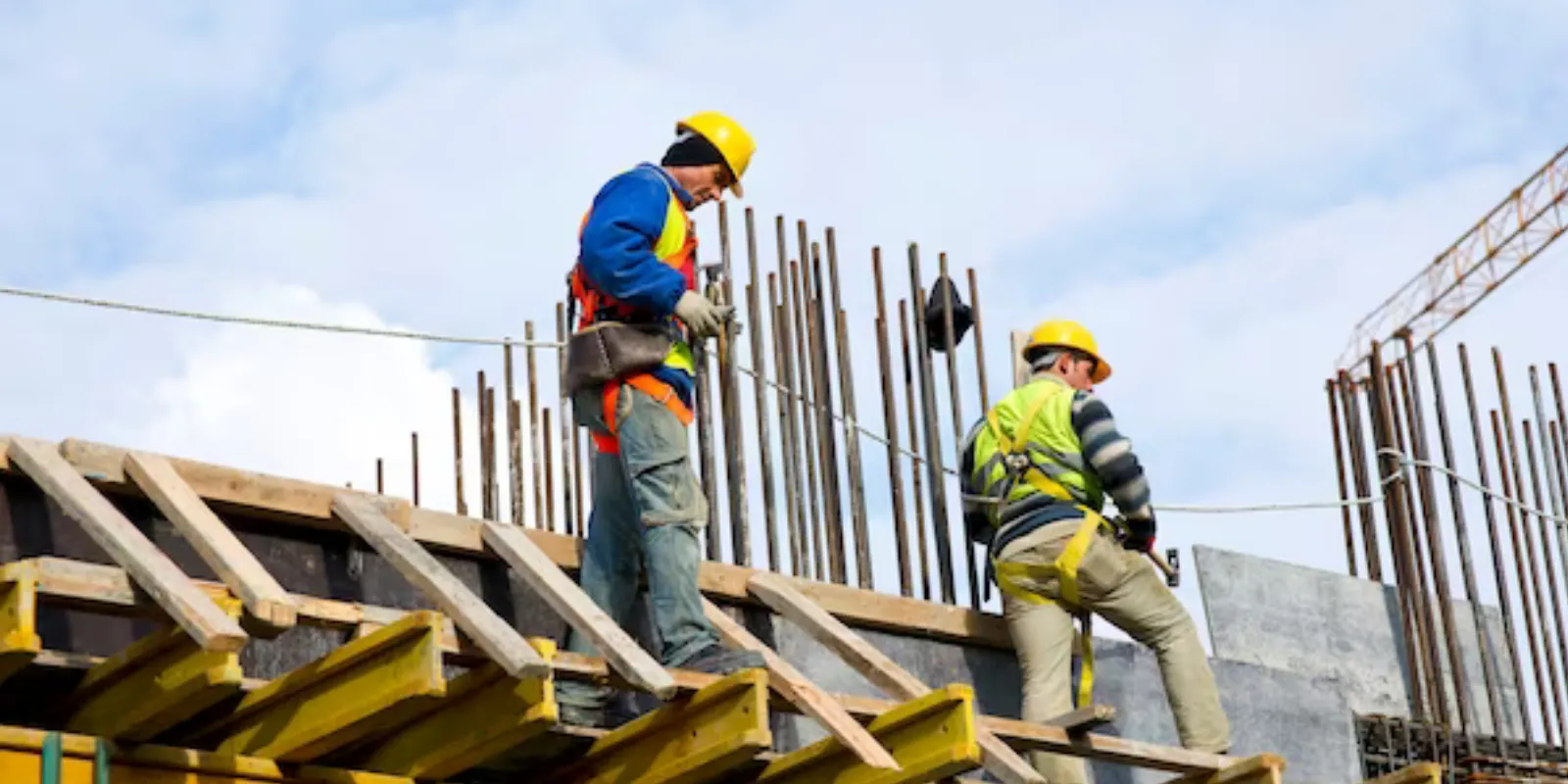Static and Dynamic Planning in Steel Constructions |Skycon
Steel construction is a widely used method to create strong and flexible structures nowadays. In this article, we will examine the differences between two fundamental planning methods in steel construction projects: static and dynamic planning.
What is Steel Construction?
Steel construction is a type of structure where steel elements come together to form a load-bearing system. To ensure the durability and longevity of the structure, proper planning methods should be employed.
What is Static Planning?
Static planning involves analyzing the behavior of steel structures under static conditions, considering the loads they will be subjected to. It is carried out through the following steps:
Load Determination: The fixed and variable loads that the structure will carry are identified.
Shear and Moment Diagrams: Shear and moment forces in the load-bearing elements of the structure are calculated.
Sizing of the Structure: The dimensions and cross-sectional types of steel elements are determined.
Strength Check: The strength of the structure is evaluated, and necessary reinforcements are made if required.
What is Dynamic Planning?
On the other hand, dynamic planning is a method used to study the behavior of steel structures under moving conditions. It is carried out through the following steps:
Modeling of the Structure: A mathematical model of the structure is created. Time-Dependent Loads: Time-varying loads acting on the structure are calculated. Vibration Analysis: The structural vibration responses are examined. Earthquake Analysis: The behavior of the structure under earthquake conditions is assessed. Fatigue Analysis: The resistance of the structure against repeated loads is analyzed.
Differences Between Static and Dynamic Planning in Steel Construction:
In steel construction projects, the main differences between static and dynamic planning are as follows:
Static planning evaluates the behavior of structures under static loads, while dynamic planning analyzes their responses under moving conditions.
Static planning is concerned with designing under fixed loads, whereas dynamic planning considers design under changing loads like earthquakes or wind.
Static planning is simpler and quicker, but dynamic planning is necessary to obtain more realistic results.
Static planning is more commonly used, while dynamic planning is particularly important for large and tall structures. For instance, high-rise buildings or bridges should be designed using dynamic planning methods to ensure their durability and safety.
Static and dynamic planning in steel construction are critical processes to ensure the safety and durability of structures. Both methods have their advantages and disadvantages, but when used appropriately, they lead to successful projects. Proper planning by expert engineers enables the successful construction of steel structures that serve for many years.
25-Jul-2023
